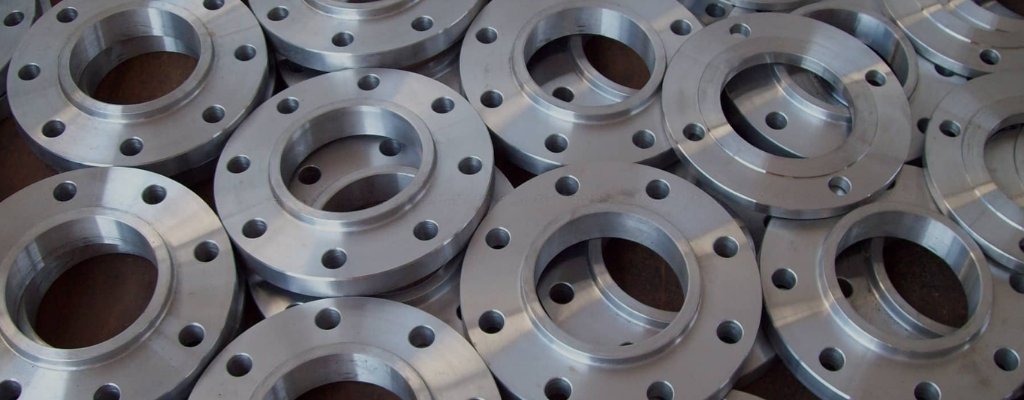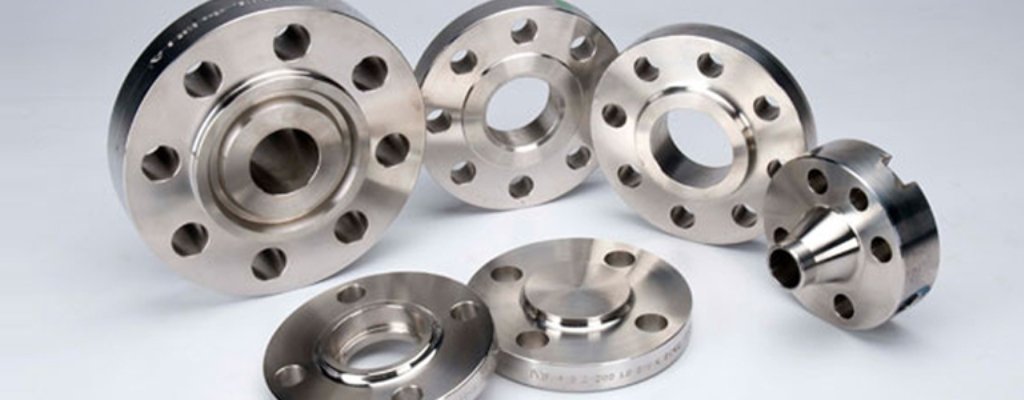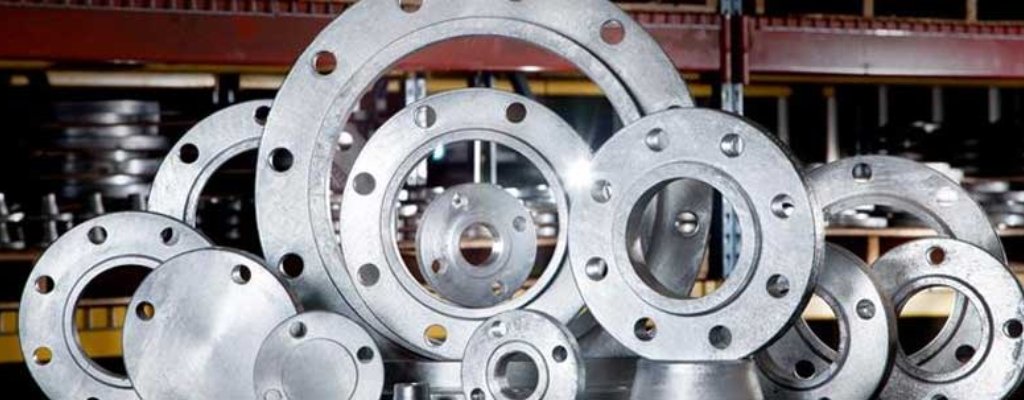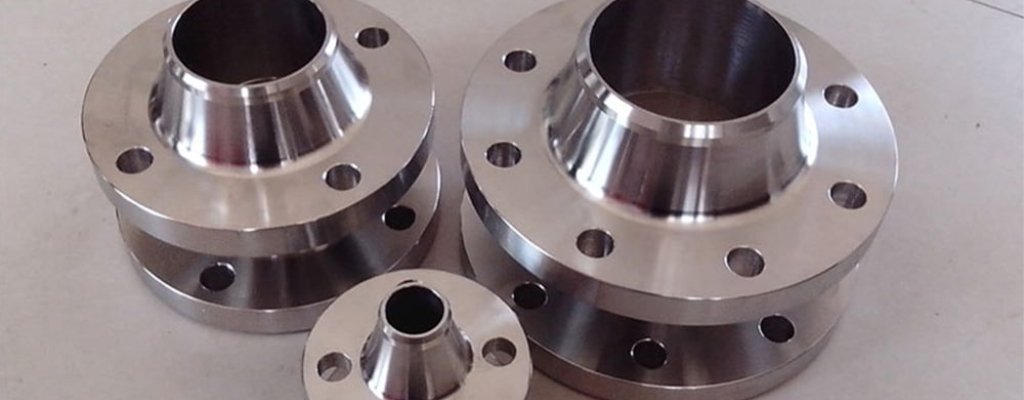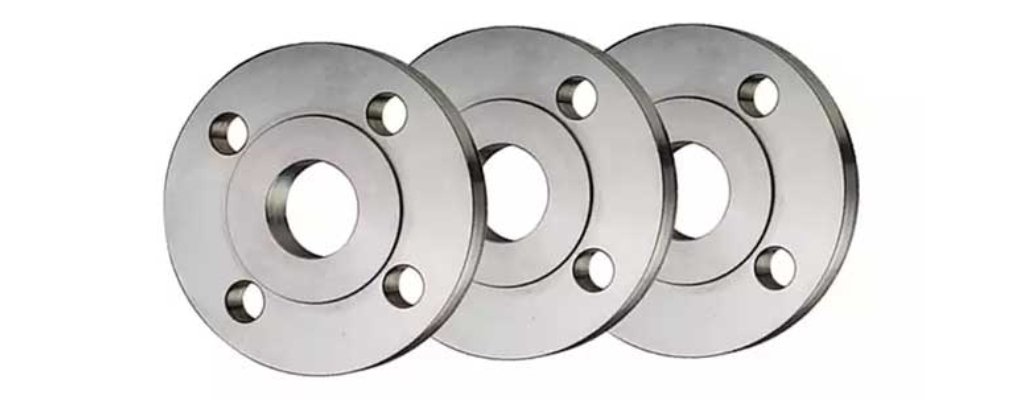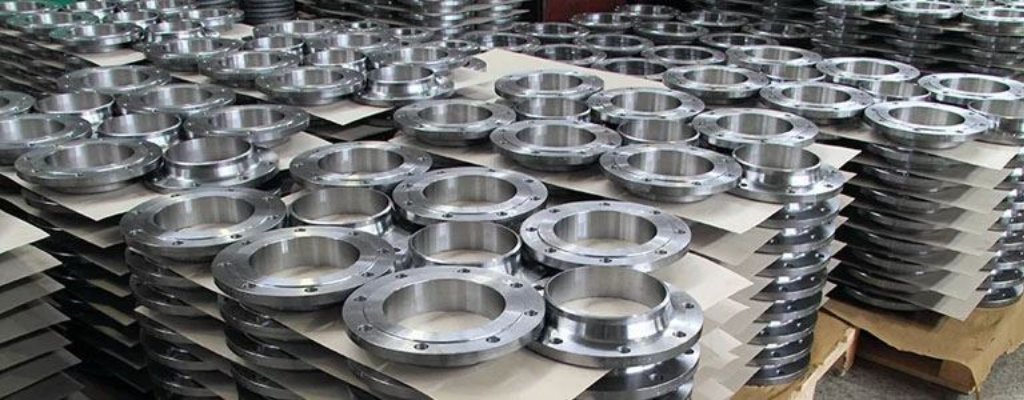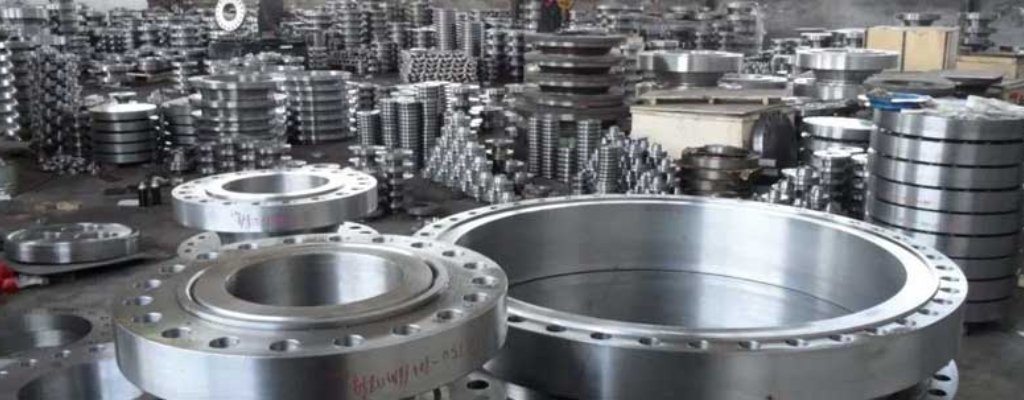Chemical Processing: Stainless Steel 304 Flanges are widely used in chemical processing industries due to their excellent corrosion resistance and compatibility with a wide range of chemicals. They are employed in piping systems for connecting pipes, valves, and equipment, ensuring reliable performance in corrosive environments.
Oil and Gas Industry: These flanges find extensive application in the oil and gas sector for connecting pipelines, valves, and equipment in upstream, midstream, and downstream operations. Their durability and resistance to corrosion make them suitable for handling various hydrocarbons and fluids in harsh operating conditions.
Petrochemical Plants: Stainless Steel 304 Flanges are commonly utilized in petrochemical plants for connecting piping systems that transport petroleum-based products and chemicals. They offer reliability and longevity in corrosive environments encountered in petrochemical processing.
Food and Beverage Industry: In the food and beverage industry, Stainless Steel 304 Flanges are preferred due to their hygienic properties, corrosion resistance, and non-reactivity with food products. They are used in processing equipment, pipelines, and storage tanks for handling food products safely and hygienically.
Pharmaceutical Sector: These flanges are suitable for pharmaceutical applications where cleanliness and purity are essential. Stainless Steel 304 Flanges are used in piping systems for transporting pharmaceutical products, chemicals, and purified water, ensuring product integrity and compliance with regulatory standards.
Water Treatment Plants: Stainless Steel 304 Flanges play a vital role in water treatment plants for connecting pipes, valves, and equipment in water distribution and purification systems. Their corrosion resistance and durability make them suitable for handling various water treatment processes and chemicals.
HVAC Systems: In heating, ventilation, and air conditioning (HVAC) systems, Stainless Steel 304 Flanges are used for connecting ducts, pipes, and equipment. They provide reliable sealing and withstand the temperature and pressure fluctuations typical in HVAC applications.
General Industrial Applications: Apart from specific industries, Stainless Steel 304 Flanges find use in various general industrial applications where corrosion resistance, durability, and reliability are required. They are employed in manufacturing, construction, power generation, and other sectors for connecting piping systems and equipment.

